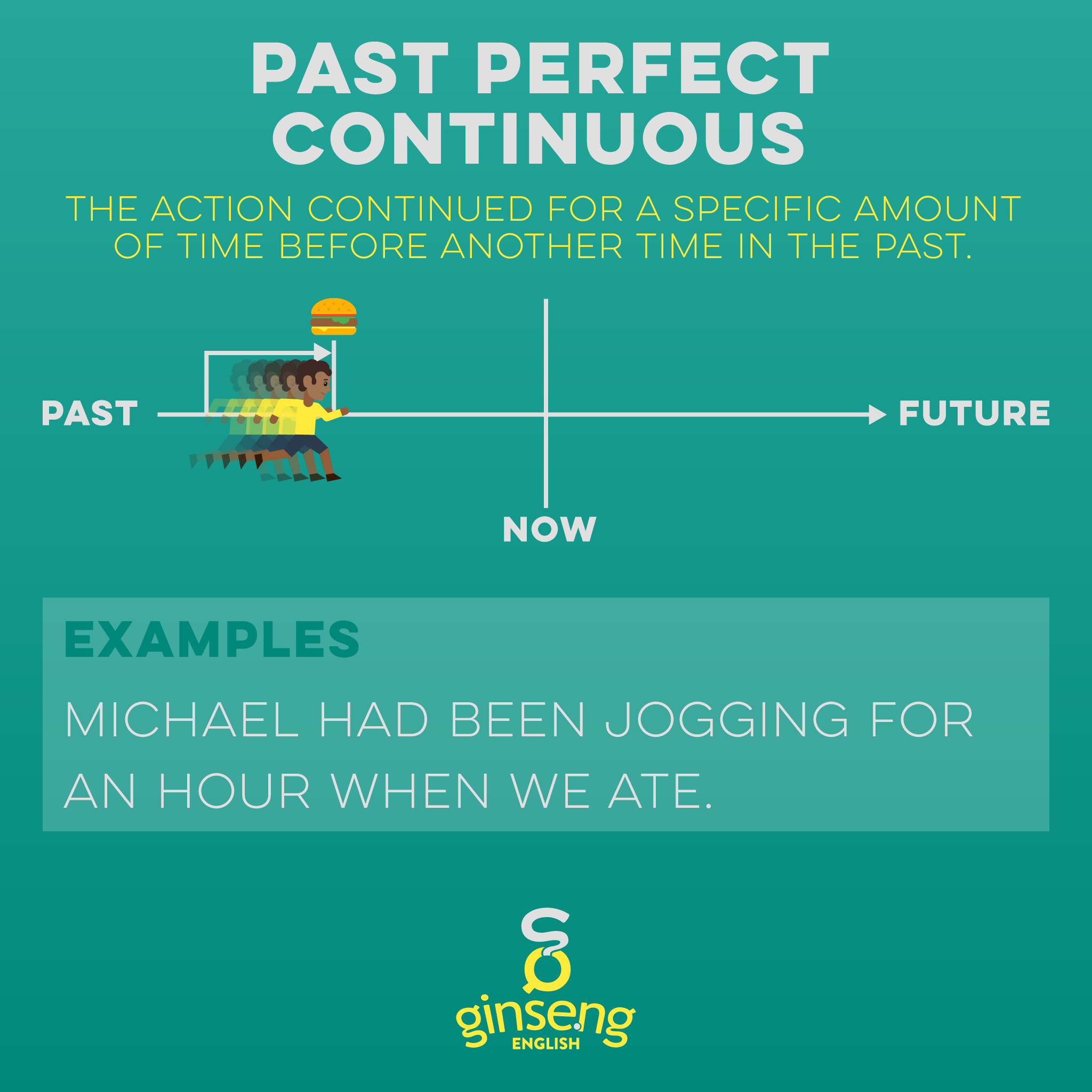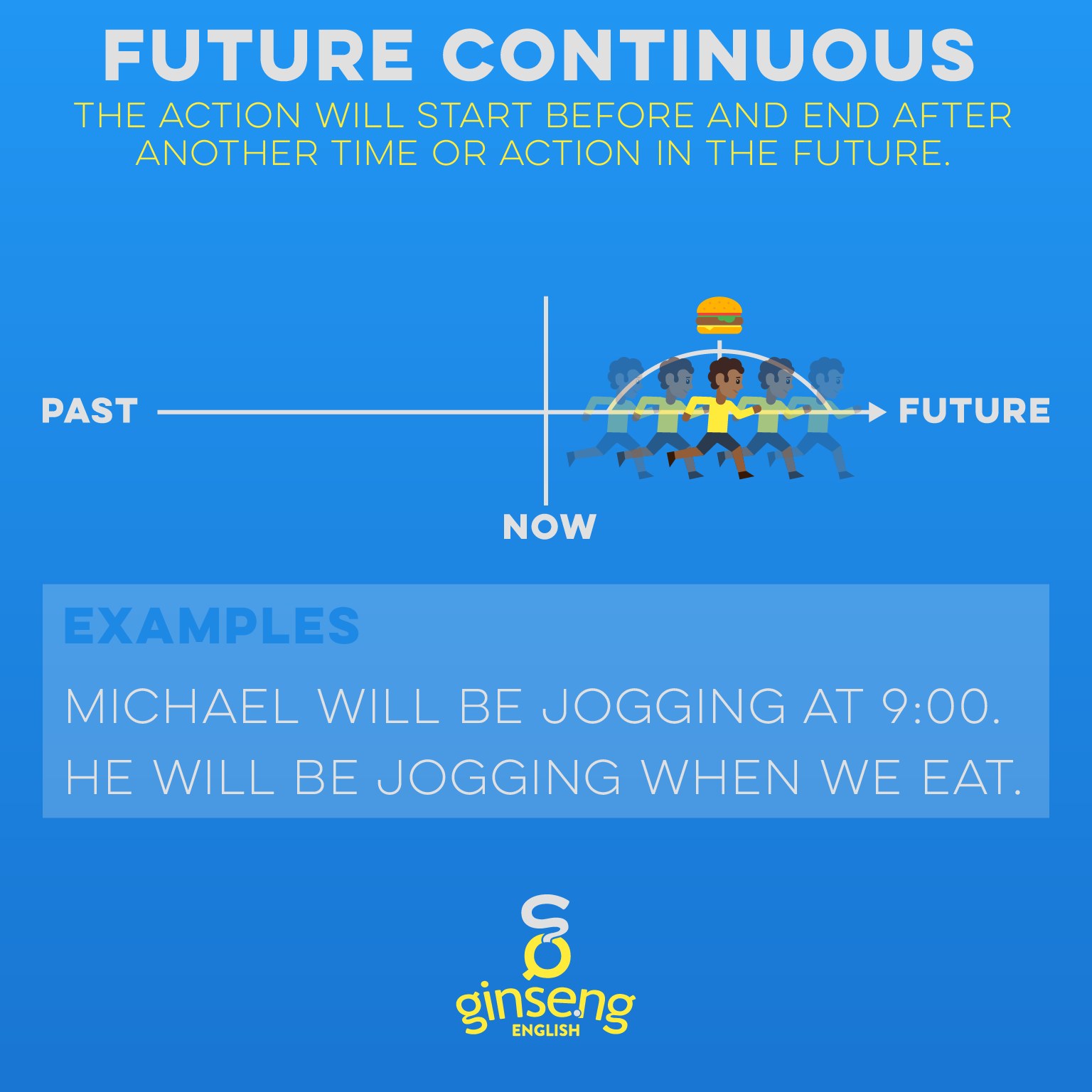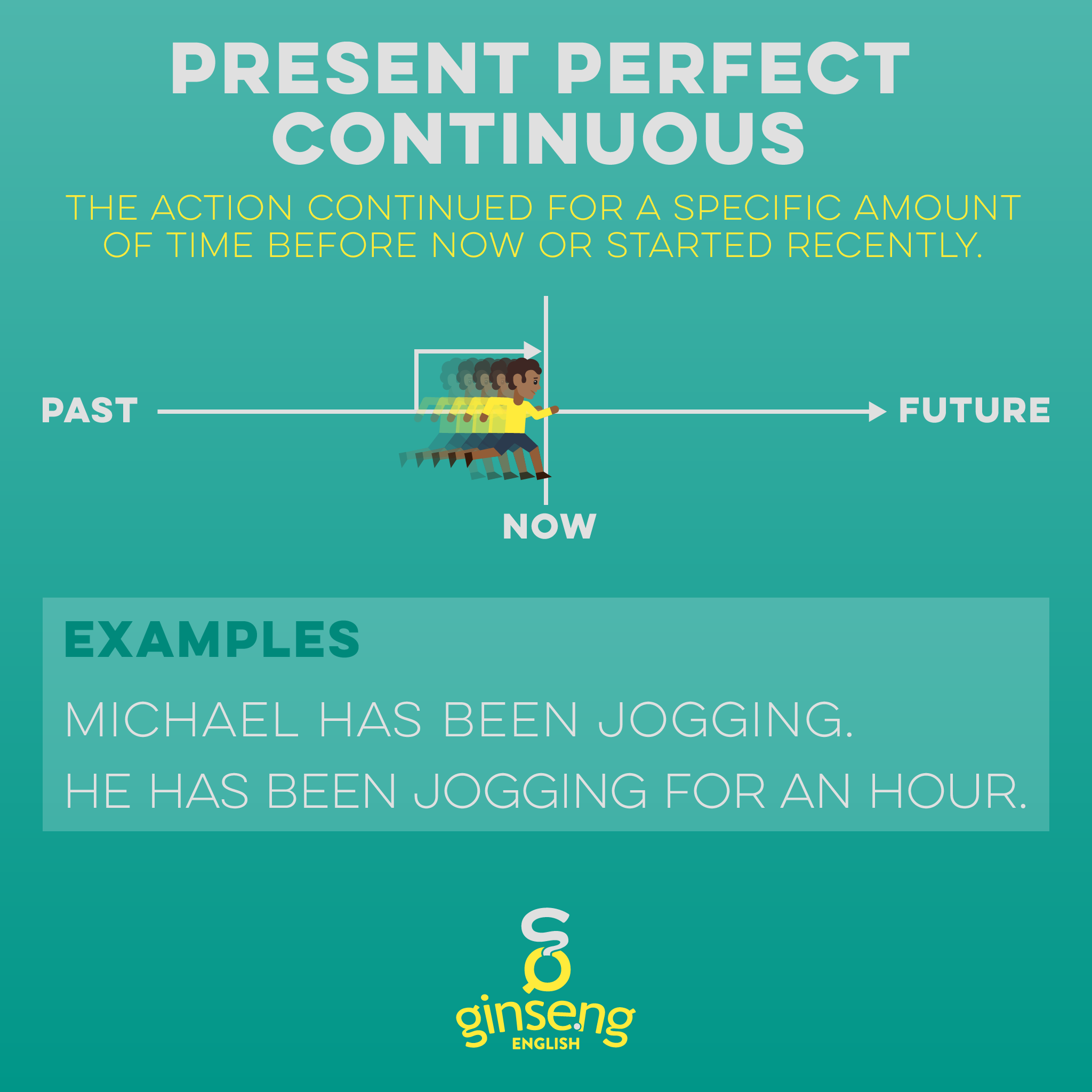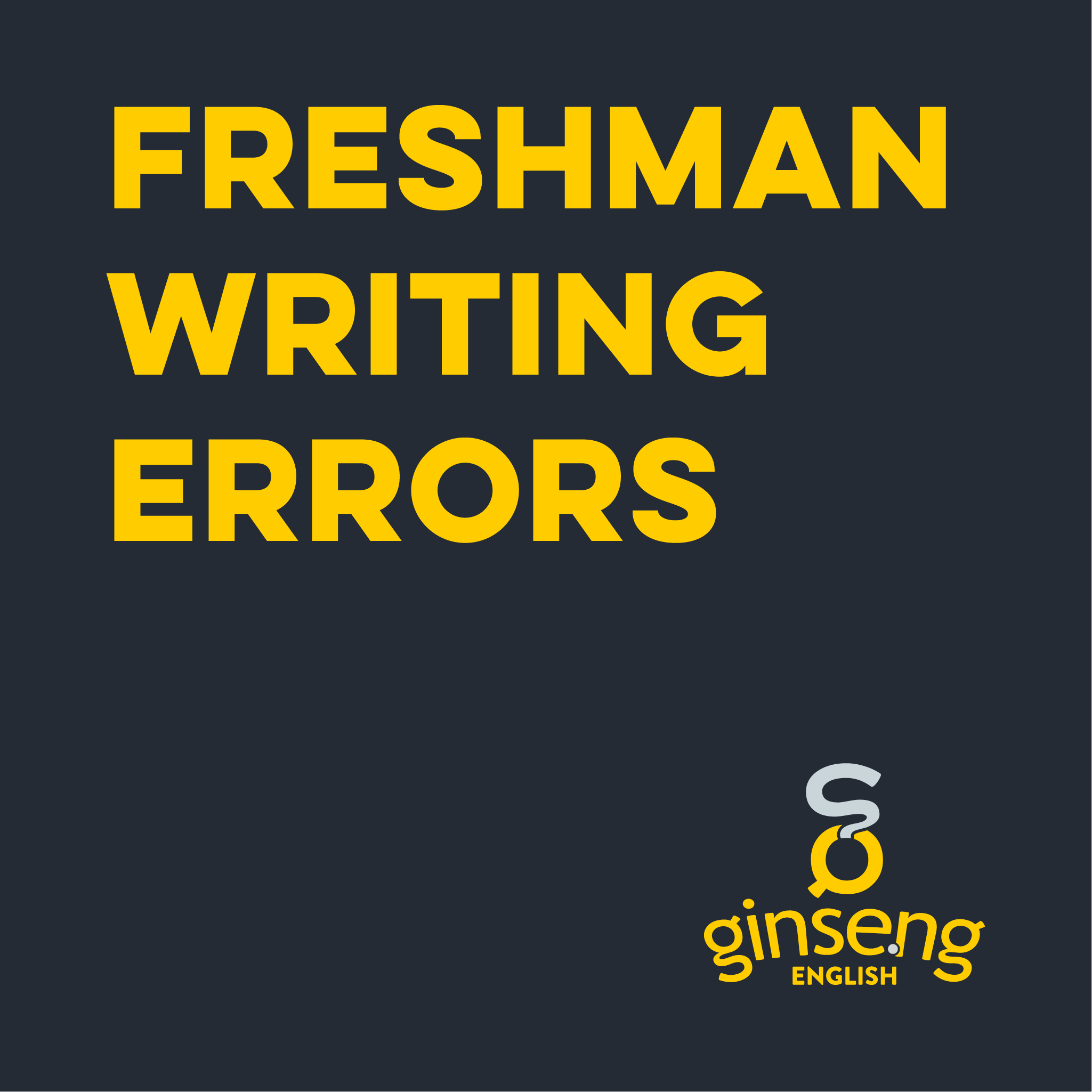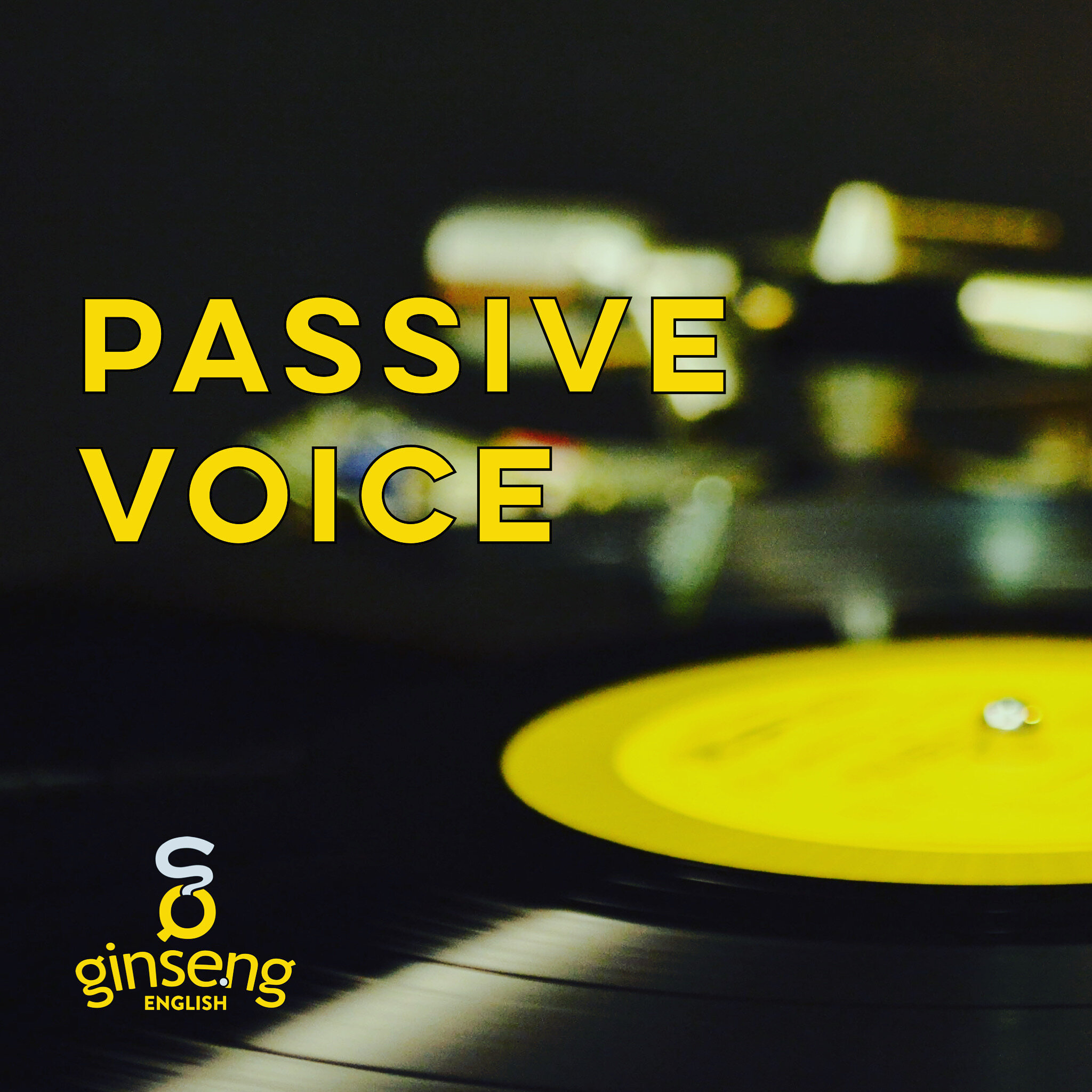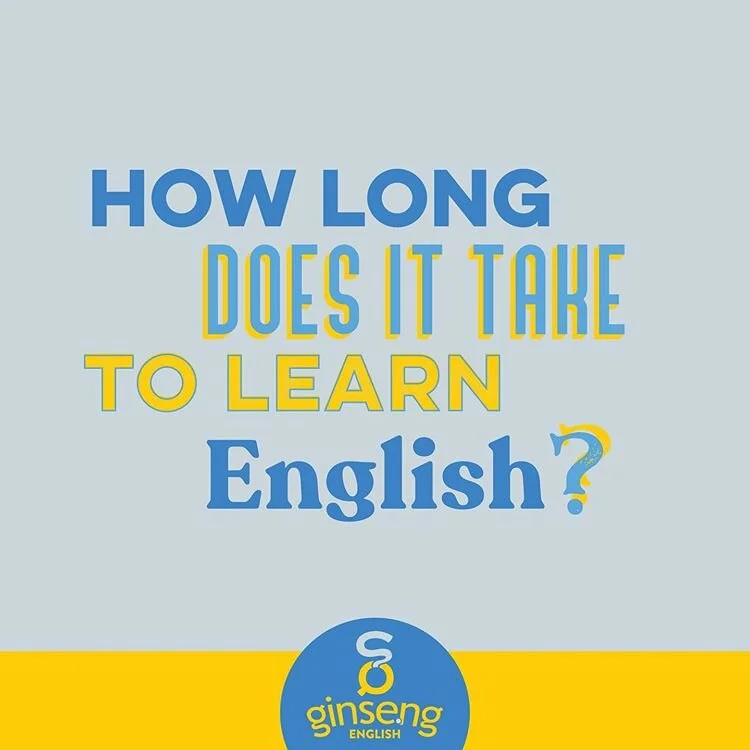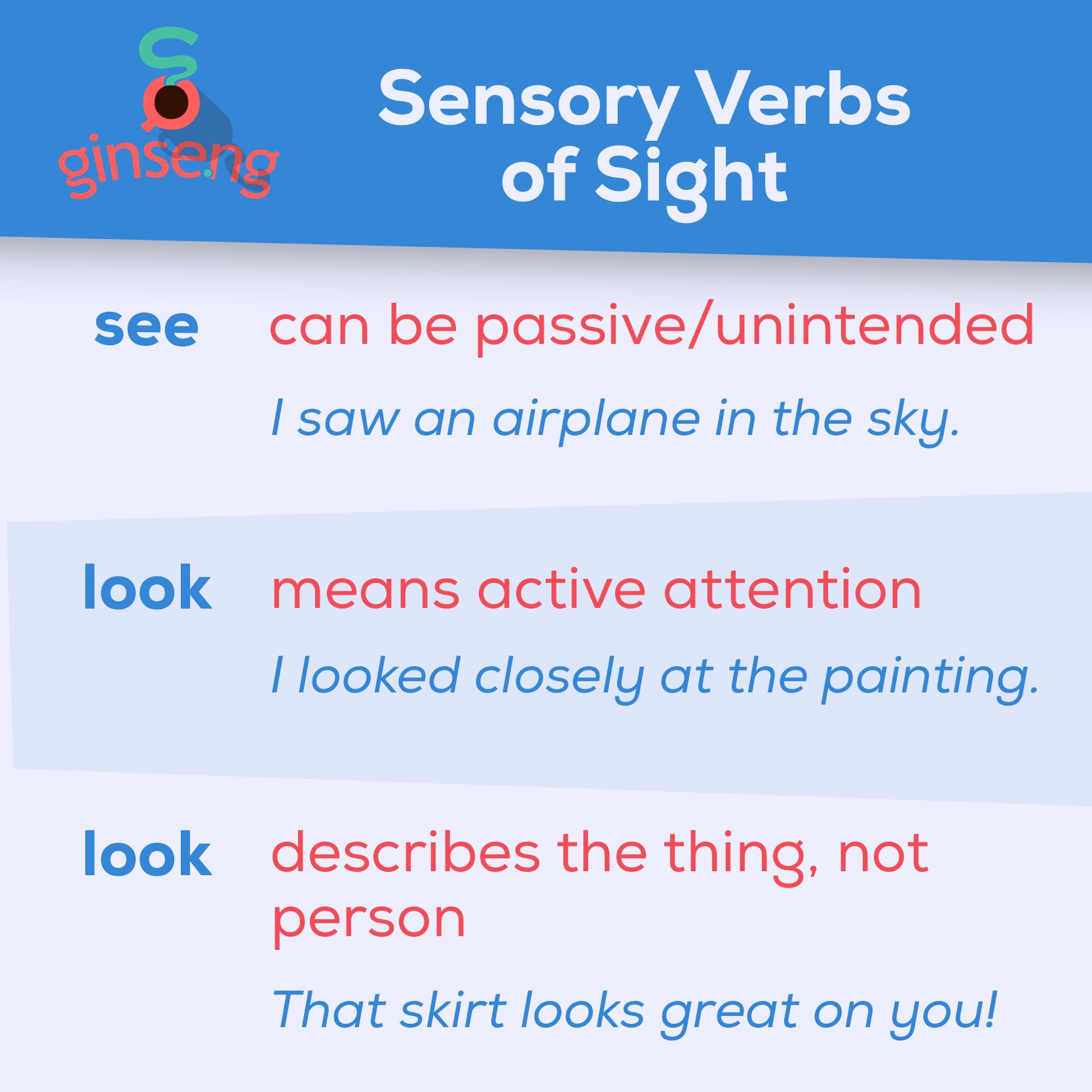We may have come a long way from the days of filling the blackboard with Latin declensions, but the field of language teaching is still relatively young. The demand for language instruction is surging: the British Council anticipates two billion people studying English by 2020—and that’s just English. While this field is growing, new technologies are changing nearly every industry out there, so without a doubt, technology will dramatically reshape what language learning looks like within our lifetime. Let’s take a look at some developing technologies with the potential to transform the language-learning industry.
Immersive Video
Virtual reality—like other items on this list—first debuted decades ago, but back then it was a hefty investment in a clunky headset, cord-bound to a CPU that would transport you to a digital world of wonder. Or if not wonder, at least a world of pixelated polygons. Today, things are different: the necessary components— a magnetometer, a gyroscope, a hi-def screen, are commonplace, already built in to our smartphones. Facebook’s 360 Videos and YouTube 360 put VR videos (or “immersive video”) into our pockets and onto our feeds.
As for the connection to language learning, consider what the New York Times is doing with NYT VR: taking viewers from the inhospitable expanses of Antarctica to the heart of a battle with ISIS in Falluja. Once there, a voiceover and subtitles help to orient us, understand who’s who, what’s where.
But picture that journey going in the other direction: refugees studying English while they await relocation, transported to the new home that awaits them. Before they ever set foot on the plane, a welcoming voice orients them on a virtual tour of their new home: “This is Rutland, Vermont. We are standing on the corner of West Street and South Main Street. Look up and you can see the street signs. There is a CVS Pharmacy across the street to your right. You can buy medicine there.”
Videoconferencing
Until very recently, I would have argued that the effect of videoconferencing upon language learning was a net negative. The explosion of Skype and Google Hangouts drove a proliferation of online tutoring programs touting one-on-one lessons with “native speakers” whose credentials are often dubious or absent entirely.
Online group classes haven’t been a whole lot better. Your standard software options only allowed for a single speaker at a time, with all other participants listening. This inevitably leads to highly teacher-centered classes. In a physical class, a language teacher that rattled on at the front of the room for the whole lesson would be fired. But in group Skype classes it's tough to do much else.
That could be about to change. More advanced video-conferencing technology, like Zoom, is gaining traction. And it comes with tools that can better simulate the optimal conditions for language acquisition. At my startup online English school, Ginseng English, we’re capitalizing on a feature known as virtual breakout rooms. This allows teachers to easily arrange the class in pairs and small groups, maximizing student talking time and varying interaction types, hallmarks of effective language classrooms.
Chatbots
The teachers out there might be thinking, What? Chatbots? In an English class? Blasphemy!
A few years ago I would have said the same. But the world is changing in some unforeseen ways, and the idea of chatbots in the language classroom isn't nearly as scoff-worthy as it once was.
The biggest reason that chatbots are suddenly relevant to language learning isn’t that the tech has improved dramatically (though it has: some argue that bots are about to pass the Turing test). Rather, the reason chatbots now have a place in language learning is that they are suddenly a ‘population’ that students need to be able to communicate with.
Ten years ago, studying with a bot was a painfully artificial learning task: a poor approximation of real-world communicative tasks. But today we are regularly expected to talk to computers. You call the customer service line and an uncanny voice says, “Before I connect you with an associate, please tell me a little bit more about your problem.” Customer service chatbots are commonplace across the Web. Marketing has made household names of Siri, Alexa, and Cortana—well, maybe not Cortana. But the point is that bots are now common interlocutors, part of the linguistic landscape. If students will have to interact with them in English, teachers will need to prepare them for those interactions.
Optimized Study Habits
Gamified “brain training” is everywhere. Needless to say, much of it is garbage, but it doesn't have to be. Combined with good science, this trend holds some serious potential for language learners, which apps like Duolingo are already beginning to capitalize on.
Insights from cognitive psychology have shown us the the importance of spaced retrieval—quizzing at increasing intervals—to improve long-term vocabulary retention, and at recent conferences there has been a buzz around “spiraling” curriculum: spacing out retrieval activities while ratcheting up the rigor and engaging higher-order skills. Combined with something like Google Calendar’s recent Goals feature—which analyzes your schedule and automatically pencils in times for you to work toward long-term goals—we might even be able to boost persistence in apps like these.
Which reminds me: “Siri, please cancel my Lumosity subscription.”
Massive Audio-Visual Corpora
The fundamental questions of second language acquisition relate to how and why it differs from first language acquisition. Technology-driven research is yielding some fascinating new insights into first language acquisition, which could hold a great deal of potential in English language learning as well.
At MIT, Professor Deb Roy has led The Human Speechome Project, for which he recorded three years of the language his son heard around his home. Roy mapped that data visually onto a 3D rendering of his home, painting a picture of child language development in an unprecedented level of detail. He shared the results of that project in a popular and fascinating TED Talk, The Birth of a Word.
Similar technology is being applied to the “word gap”—the fact that children in low-income families tend to hear around 30-million fewer words than those born to affluent parents—which puts those kids at a life-long disadvantage. The Providence Talks project hopes to close the word gap: They provide low-income parents with wearables that analyze their child-directed speech. This raises parents’ awareness about their speech patterns and encouraged more vocabulary-rich language. This may sound ambitious, but the results to date are quite promising.
It's only a matter of time before similar studies are applied to second language acquisition, providing insights into acquisition patterns and teacher-speak that would have been impossible just a few years ago.
Web 2.0
The internet is now well into its second incarnation, known as Web 2.0: It’s no longer a series of static pages that can be thought of simply as “destinations.” Sites now are dynamic, collaborative, often user-generated tools and workspaces. We can collect data from multiple users and instantly generate sleek infographics. We can work together simultaneously and seamlessly on documents, artworks, corkboards. The potential here is massive.
Imagine: A teacher asks the class, “What are some of the most difficult words for you to pronounce?” But she doesn't then have to scramble to scribble the loudest suggestions on the board in whatever order she can manage. Instead, students submit their suggestions on their phones using Mentimeter, instantly populating a chart projected on the board. Then they upvote the suggestions that are most challenging for them, reordering the list according to the greatest level of need. All of this transpires in around 60 seconds. After class, the teacher doesn't just erase the board, losing that data forever. It is retrievable, and can easily be added it to an ever-growing corpus of words that her particular student population need to work on.




